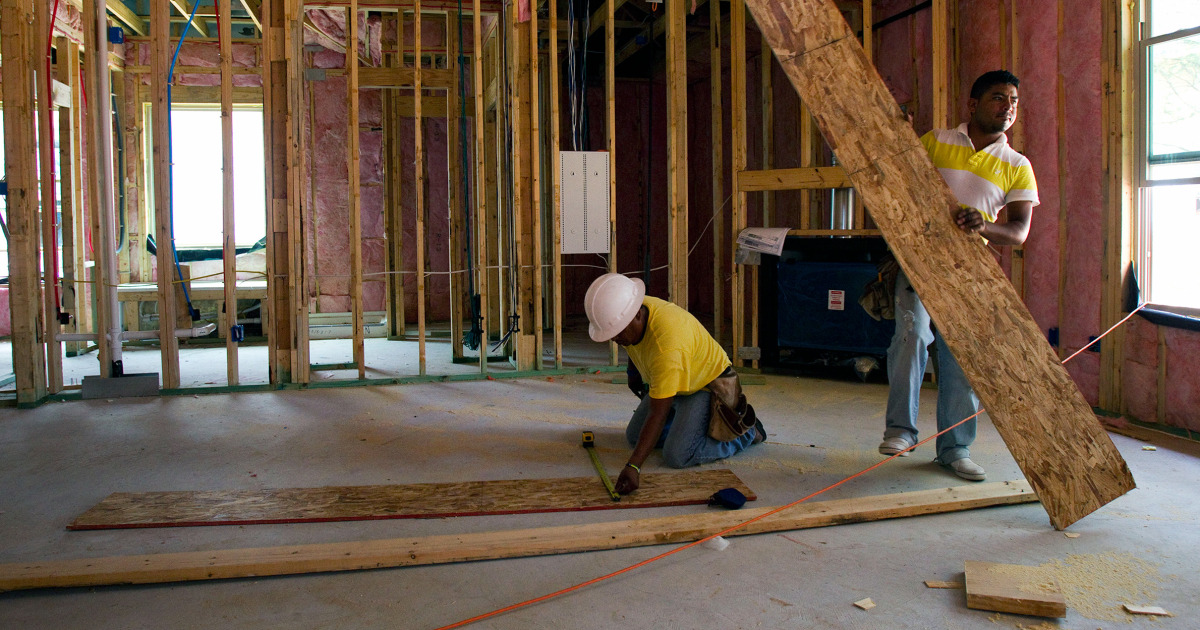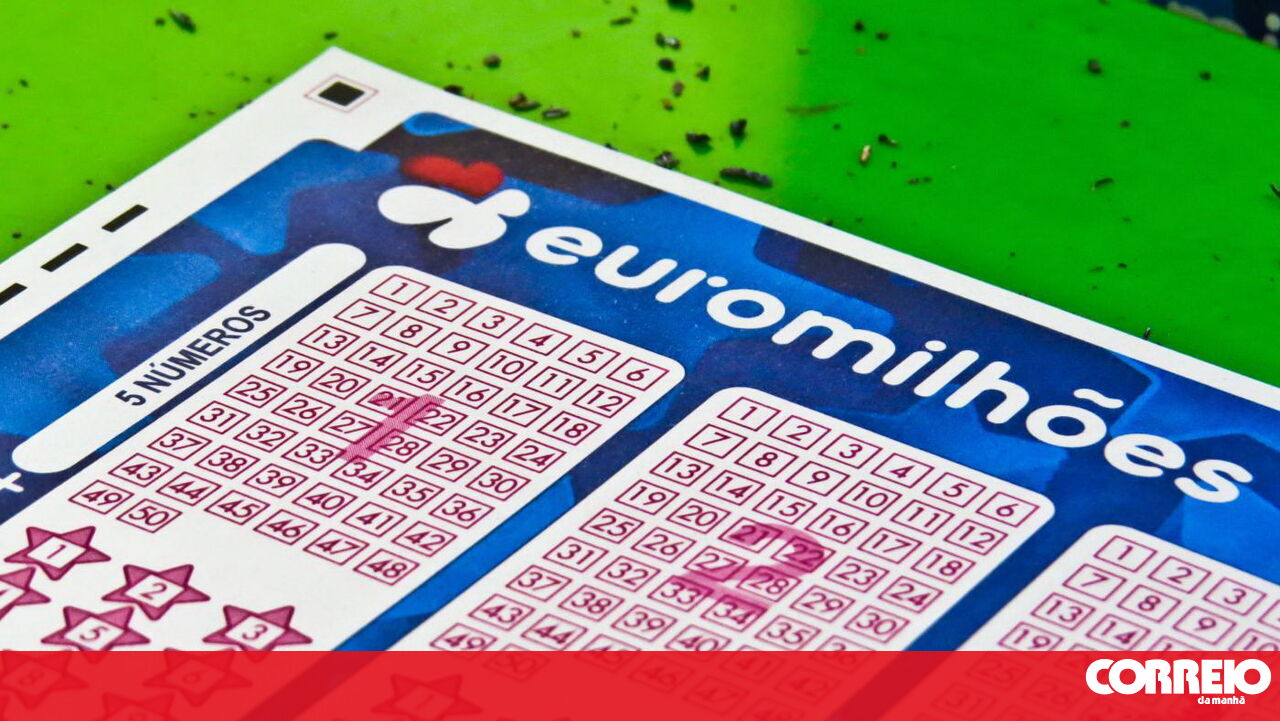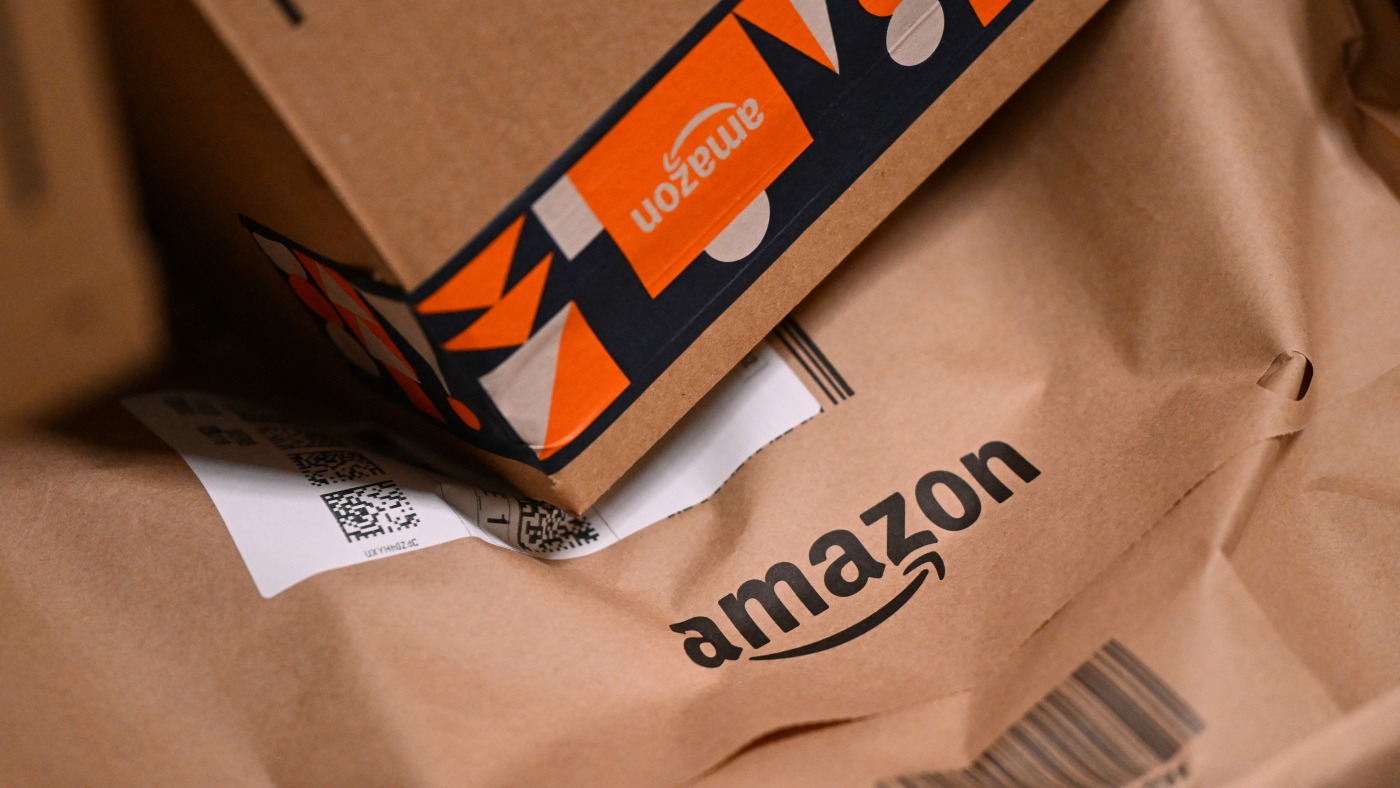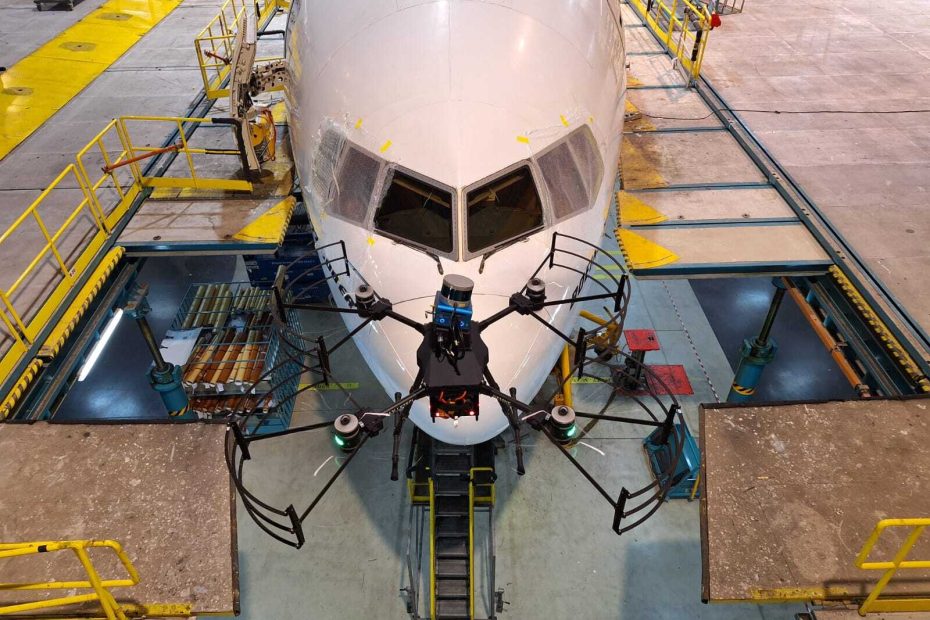NASA small business grant makes drone aircraft inspections possible
A small business called Near Earth Autonomy, through NASA's Small Business Innovation Research (SBIR) program and in partnership with Boeing, has developed a time-saving solution for using drones to conduct pre-flight inspections of commercial airliners.
Preflight inspections must be completed before a commercial airliner is deemed safe to fly before each trip. This process can take up to four hours and may require staff to crawl around the aircraft to check for any problems, which can sometimes lead to safety incidents as well as diagnostic errors.
With funding from NASA and Boeing to support commercial readiness, Near Earth Autonomy, under its business unit Proxim, has developed a drone-enabled solution that can fly around commercial airliners and collect inspections in 30 minutes data. The drone can automatically fly around the aircraft according to computer-programmed task cards to complete inspections in accordance with the Federal Aviation Administration's commercial aircraft inspection rules. The card shows the flight path the drone software needs to take, allowing aircraft crews to use new tools to improve safety and efficiency.
“NASA is working with Near Earth Autonomous Organizations to address autonomous inspection challenges across multiple domains,” said Danette Allen, senior manager for autonomous systems at NASA.
“We are excited to see this technology being used in industry to improve the efficiency, safety and accuracy of the aircraft inspection process for the overall public benefit.”
Photos collected from drones can be shared and analyzed remotely, allowing experts in airline maintenance to support maintenance decisions faster from any location. New images can be compared to old images to look for cracks, blown rivets, leaks, and other common problems.
Users can ask the system to create an alert if an area needs to be inspected again or fails. Near Earth Autonomy estimates that using drones for aircraft inspections could save the aviation industry an average of $10,000 per hour in lost revenue during unscheduled ground time.
Over the past six years, Near Earth Autonomy has used its drone systems to complete multiple test flights on Boeing aircraft used by American Airlines and Emirates.
NASA's Small Business Innovation Research/Small Business Technology Transfer program, administered by the agency's Space Technology Mission Directorate, is designed to enhance American creativity by supporting innovative ideas from small businesses to meet the needs of NASA and industry. These research needs are described in the annual SBIR solicitations and target technologies that have significant potential for successful commercialization.
Small businesses with 500 or fewer employees or small businesses that partner with nonprofit research institutions such as universities or research laboratories can apply to participate in the NASA SBIR/STTR program.








